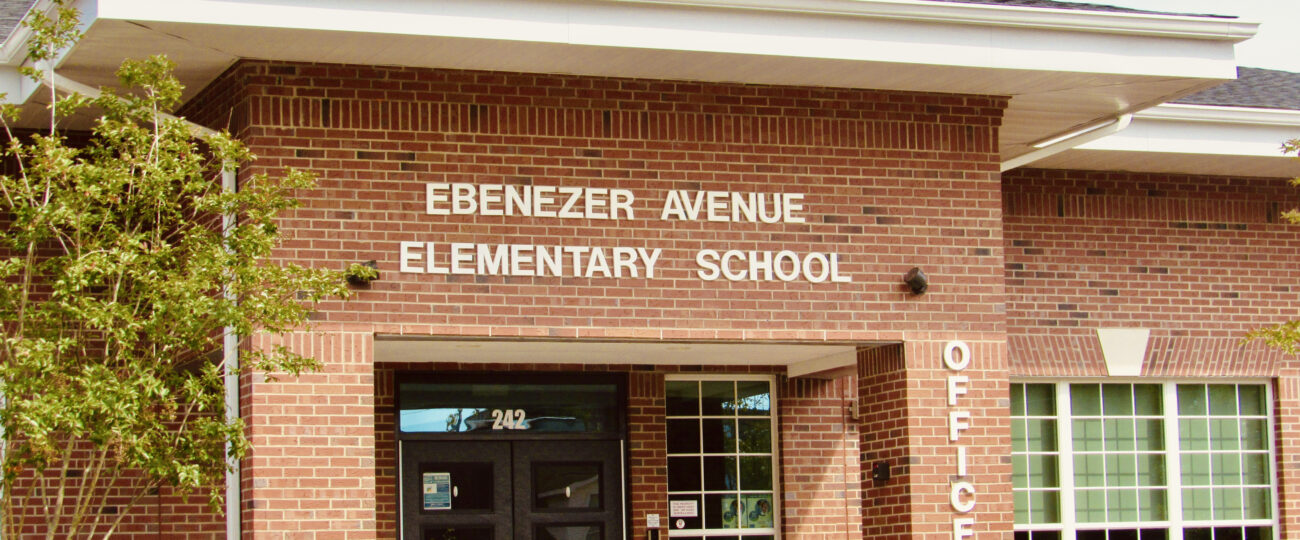On Feb. 8, the Board of Trustees for Rock Hill Schools voted 4-2 in favor of implementing the Elementary Reassignment Option 4B for the 2021-22 school year.
At the end of this school year, Finley Road, Belleview and Rosewood elementary schools will be closing their doors, with the possibility of repurposing the buildings. This decision will affect about 3,700 students.
Many parents have expressed concern, frustration and even sadness about this change. However, it is a change in the right direction toward greater diversity, equity and development for students and their families, as well as the overall community of Rock Hill.
Implementing the Elementary Reassignment Option 4B is not a decision that the board took lightly; it had been in the works for two years.
CN2 Today reported that “The board says all three schools have low enrollment numbers, some below 60-percent, aging buildings that need repairs, and board members say they wanted to simplify attendance zones as some students were attending a school that was not close to their home.”
Finley Road and Belleview have been in existence for so long (since the late 1950s) that many parents, and possibly even some grandparents, were students at these very locations themselves. Many parents have expressed that their children are comfortable at these particular schools. Even some teachers have shown strong emotion to the idea of leaving the buildings.
However, while it is completely understandable the struggle to accept this change due to the emotional ties, at the end of the day, children — as well as their parents — must keep in mind that an integral part of life that strengthens development and expands the mind is change.
Change in environment and within social circles is absolutely key to the personal and mental growth of human beings. And it can impact children in a very positive way if handled carefully.
WBTV reported that Rock Hill Schools Superintendent Dr. Bill Cook “said the district had not updated the school placement map in almost 20 years.”
In addition, the plan does consist of some possible accommodations, such as “information about ‘grandfathering’ rising 5th graders who are now assigned to attend a different school in August 2021,” which is mentioned on the Rock Hill Schools website.
Not only can change of scenery and exposure to new potential friends stimulate brain development, but parents also must recognize how significant this decision is in connection with taking action against racism and modern-day unintentional segregation.
To gain a better understanding, let’s look at some demographics for these schools. Finley has 68.8% of African Americans, 21.5% white, 5.2% two or more races, 4.0% Hispanic and 0.3% Asian as well as Indian American, according to SchoolDigger.com.
Many of the other schools throughout Rock Hill that the children will now be joining are majority white. Take Cherry Park Elementary School of Language Immersion, for example. 63.1% is white, while 17.5% is African American, 4.4% is two or more races, 13.6% is Hispanic, 0.8% is Asian and only 0.5% is American Indian.
Bringing these schools together will not only create more racial diversity but also socioeconomic. The percentage of free or discounted lunch recipients at Finley is 99.1%, whereas, at Cherry Park Elementary, it is only 22.6%.
Though it may feel scary, especially following an unstable time due to the pandemic, the community needs this. Rock Hill is full of growth and diversity, but what good is it if children are unable to learn among other students who come from different ethnic and socioeconomic backgrounds?
Photo by Emma Crouch




